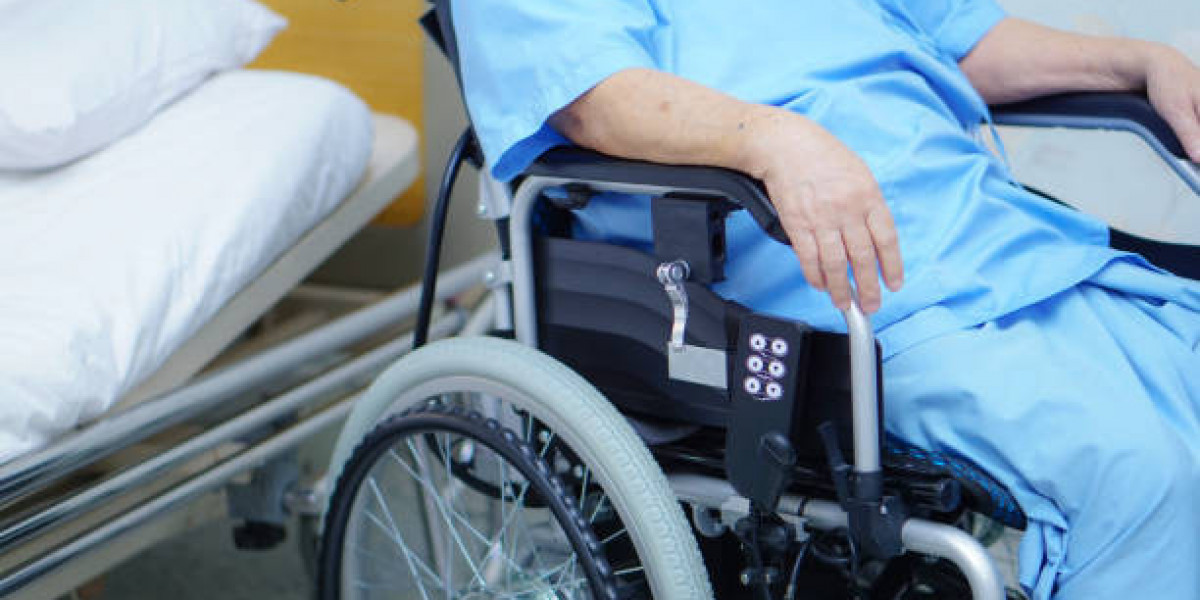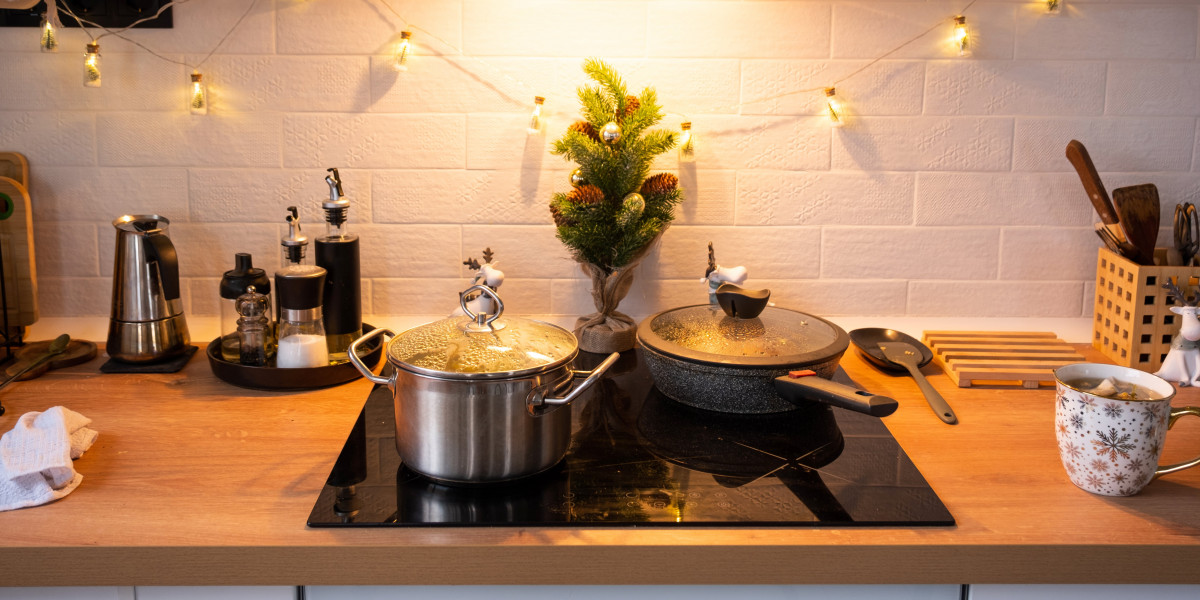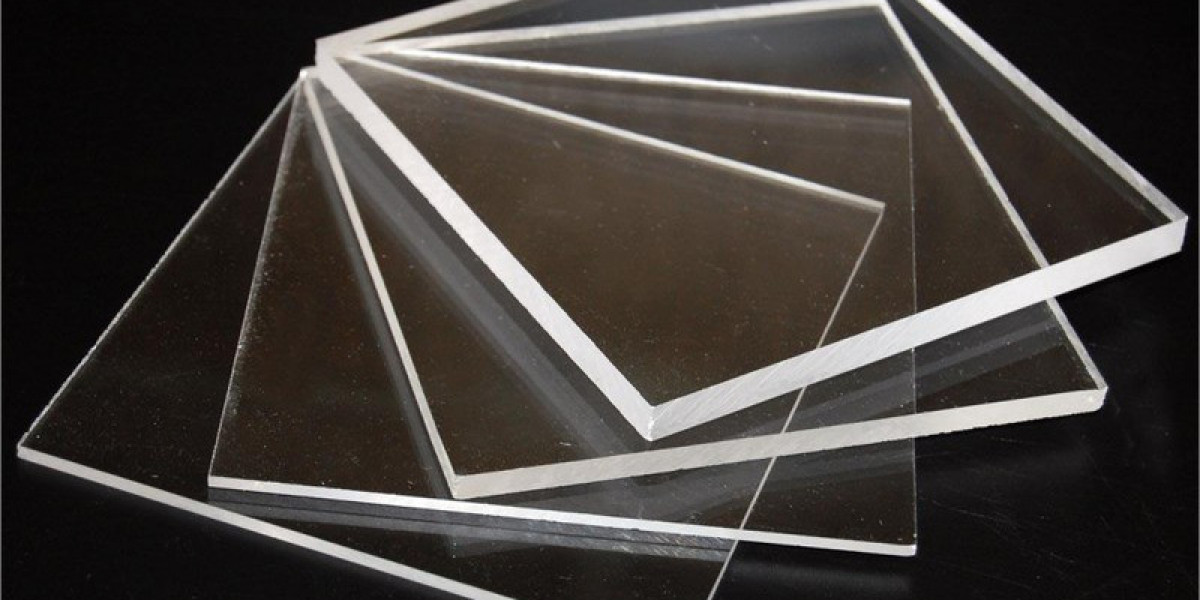Lyme disease is a serious tick-borne illness that affects thousands each year. While many people recover fully after early treatment, some continue to struggle with symptoms for months—or even years—after antibiotics. This lingering condition is known as Post-Treatment Lyme Disease Syndrome (PTLDS), and it's more common than many realize.
Understanding Post-Treatment Lyme Disease Syndrome symptoms and how to support your body through this ongoing phase is crucial for long-term healing. In this article, we’ll explore what PTLDS is, the symptoms to watch for, and holistic strategies to help manage life after Lyme treatment.
What Is Post-Treatment Lyme Disease Syndrome?
PTLDS refers to a condition where individuals experience persistent symptoms even after completing antibiotic treatment for Lyme disease. It affects approximately 10-20% of Lyme patients, according to the CDC. While the infection may have cleared, the immune system and nervous system can remain overactive, creating ongoing discomfort.
These symptoms are not due to an active infection, but rather a complex combination of immune response, tissue damage, and nervous system dysfunction that continues to affect the body.
Common Post-Treatment Lyme Disease Syndrome Symptoms
The most common Post-Treatment Lyme Disease Syndrome symptoms include:
Chronic fatigue: Feeling exhausted despite rest or sleep
Muscle and joint aches: Similar to fibromyalgia or arthritis
Brain fog: Difficulty concentrating, poor memory, or mental slowness
Sleep disturbances: Trouble falling asleep or staying asleep
Headaches and migraines
Mood changes: Anxiety, depression, or irritability
Nerve pain or numbness
Light and sound sensitivity
Dizziness or balance issues
These symptoms can vary in intensity, come and go unpredictably, and deeply impact a person's quality of life. While frustrating, it’s important to know you are not alone—and you are not imagining it.
Why Do Symptoms Persist After Lyme Treatment?
There are several theories as to why Post-Treatment Lyme Disease Syndrome symptoms linger:
Inflammation: The immune system may remain hyperactive, causing chronic pain and fatigue.
Tissue damage: Bacteria may have damaged nerves or joints during the infection.
Autoimmune response: The body may start attacking its own tissues after the infection is gone.
Co-infections: Some ticks carry multiple pathogens, complicating the recovery process.
Mitochondrial dysfunction: Cellular energy production may be compromised, leading to fatigue.
More research is needed, but many health professionals agree that a multifaceted healing approach—blending medical and holistic care—offers the best results.
Holistic Support for PTLDS Recovery
While there's no one-size-fits-all cure for PTLDS, holistic practices can greatly improve your recovery experience. The goal is to reduce inflammation, support the immune system, restore energy, and relieve symptoms naturally.
1. Nutrition for Healing
A clean, anti-inflammatory diet is foundational. Focus on:
Leafy greens, berries, and cruciferous vegetables
Wild-caught fish, lean proteins, and healthy fats (olive oil, avocado)
Fermented foods for gut health (kimchi, yogurt, sauerkraut)
Avoid: Sugar, gluten, dairy, processed foods, and alcohol
Staying hydrated and avoiding toxins is equally important, as your liver and kidneys need support during the recovery process.
2. Herbal and Natural Remedies
Many herbs have antimicrobial, anti-inflammatory, and immune-boosting properties. Popular choices include:
Cat’s Claw: Helps with joint pain and inflammation
Japanese Knotweed: May support neurological and cardiovascular health
Andrographis: Known for immune-modulating effects
Ashwagandha: Supports adrenal health and reduces stress
Always consult a healthcare provider or herbalist before starting supplements.
3. Movement and Gentle Exercise
While strenuous workouts may worsen fatigue, gentle movement can be healing. Try:
Walking in nature
Restorative yoga
Tai Chi or Qi Gong
These activities improve circulation, reduce stiffness, and support the nervous system without overtaxing the body.
4. Sleep and Nervous System Support
Prioritize sleep hygiene:
Stick to a consistent bedtime
Avoid screens at least 1 hour before sleep
Use calming herbal teas (like chamomile or valerian)
Consider magnesium or melatonin supplements under guidance
Relaxation techniques like meditation, breathwork, and sound therapy can help calm the overactive nervous system that often underlies PTLDS symptoms.
5. Detoxification and Cleansing
Gentle detoxification can assist the body in removing lingering toxins:
Epsom salt baths help with muscle aches and magnesium absorption
Dry brushing improves lymph flow
Infrared saunas support deep detox at the cellular level
Liver-supporting herbs like milk thistle may assist in cleansing
The Power of Holistic Guidance
Post-Treatment Lyme recovery is a deeply personal journey. Working with a holistic practitioner—such as a naturopath, integrative doctor, or Lyme-literate specialist—can help you develop a plan tailored to your specific symptoms and healing goals.
Additionally, therapy and support groups can be emotionally beneficial. Living with invisible illness is hard, but community connection makes it easier.
Final Thoughts
Post-Treatment Lyme Disease Syndrome symptoms are real, complex, and challenging—but not impossible to manage. With a thoughtful combination of rest, holistic support, clean nutrition, and compassionate care, many people find relief and even full recovery.
If you’re feeling discouraged, remember: healing is not linear. Be patient with your body, seek out knowledgeable support, and take each small improvement as a step forward.









